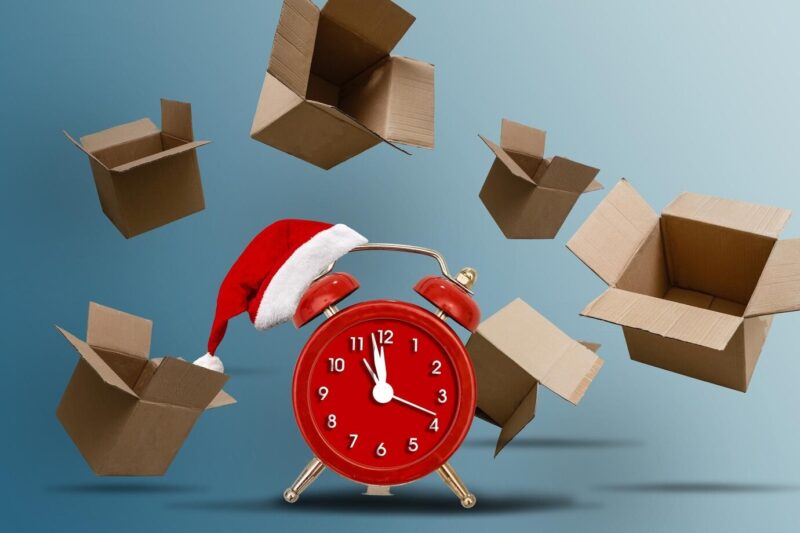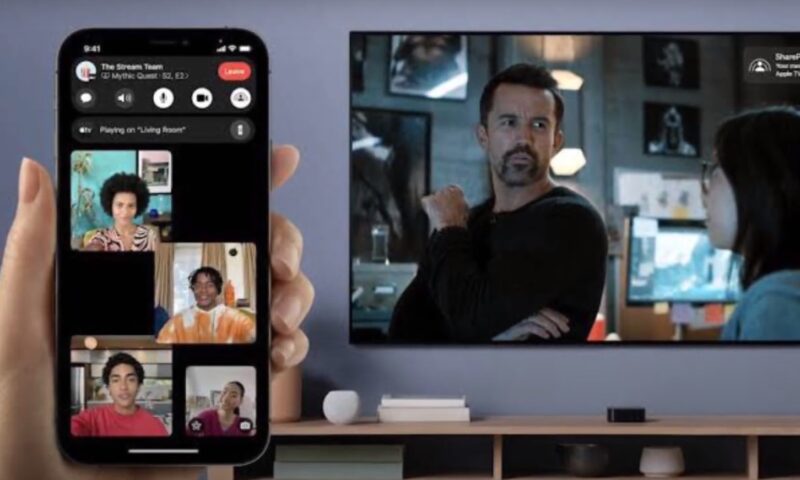The journey of a package from warehouse to doorstep involves several stages. Initially, the item is collected, packaged, and entered into a tracking system. It’s then transported to a regional distribution center, where it’s sorted based on the destination.
This sorting is crucial for efficiency, as it dictates the logistical planning for delivery routes. The package is then loaded onto delivery vehicles and dispatched. Understanding this intricate process sheds light on what happens before a package gets the status of ‘Out for Delivery,’ helping customers appreciate the complexities and efforts that go into ensuring timely deliveries.
The ‘Out for Delivery’ Status
When a package’s status updates to ‘Out for Delivery,’ it signifies a critical transition. This update means that the package has left the final sorting facility and is on a delivery vehicle, heading towards its final destination. The status is an important indicator for customers eagerly awaiting their parcels.
However, the time it takes for a package to move from ‘Out for Delivery’ to ‘Delivered’ can vary based on several logistical factors, including the delivery route’s complexity, the number of deliveries assigned to the courier, and the specific protocols of the delivery company. This status is generally an assurance that unless there are significant delays, the package should arrive within a few hours to the same day.
Factors Affecting Delivery Times

Delivery times can be influenced by a myriad of factors. Primary among these are traffic conditions, which can vary dramatically, especially in urban areas. Weather plays a significant role too; inclement weather can cause unexpected delays. The density and layout of the delivery route also impact timing – routes with many stops or those covering a large area can extend the needed time.
Additionally, the type of goods being delivered, such as perishable items, might require faster delivery, altering the standard timeline. The efficiency of the courier service itself, along with local customs and regulations in international shipping, also play a crucial role in determining how long it takes for a package to be delivered once it’s ‘Out for Delivery.’
Checking Tracking Information
Tracking information is a vital tool for customers to monitor their package’s journey. Most courier services offer online tracking, which provides updates on the package’s status. This tracking typically includes timestamps for key stages like dispatch, arrival at sorting facilities, and when it’s out for delivery.
Some couriers provide more detailed information, like the current location of the delivery vehicle. Customers should regularly check this information for updates, as it can give a more accurate idea of when to expect your package, especially when the status changes to ‘Out for Delivery.’
Estimated Delivery Times
Courier services often provide estimated time needed, which are calculated based on various factors like distance, route complexity, and historical delivery data. These estimates are just that – estimates.
They are subject to change due to unforeseen circumstances like traffic or weather conditions. However, they provide a general idea of when to expect a package. When a package is marked ‘Out for Delivery,’ the estimated time needed usually narrows down to a specific day, and in some cases, a time window on that day.
Real-Time Tracking Updates

Advancements in technology have enabled real-time tracking updates, enhancing the delivery experience. Customers can now see the live location of the delivery vehicle, estimated time of arrival, and even the number of stops before their package is delivered.
This real-time tracking provides a more transparent and reassuring experience for customers, allowing them to plan their day better, especially when waiting for an important package.
Common Delays and Challenges
Several common issues can delay deliveries. Traffic congestion is a frequent culprit, especially in urban areas. Weather conditions, like heavy rain or snow, can also slow down deliveries.
Operational challenges, such as vehicle breakdowns or staffing issues, can cause delays too. In some cases, incorrect address information or issues with customs for international shipments can lead to significant delays. Understanding these potential delays is important for managing expectations regarding delivery times.
Customer Communication
Effective communication between courier services and customers is key to managing delivery expectations. Many courier companies send out notifications via email or text when the package is out for delivery and when it’s been delivered.
Some also offer the option to reschedule deliveries or provide instructions for drop-off if the recipient is not available. This level of communication helps in reducing missed deliveries and improving customer satisfaction.
Tracking Tools and Apps

With the digital age, several tracking tools and apps have emerged, making it easier to track packages. These tools offer features like notifications for status changes, rescheduling, and even the ability to communicate with the delivery driver in some cases.
They provide convenience and control to customers, who can now stay updated on their deliveries with just a few clicks on their smartphones.
What to Do if Your Package Is Late
If a package is late, the first step is to check the tracking information for any updates or issues. If there are no clear reasons for the delay, contacting the courier service’s customer support is advisable.
They can provide more information and, if necessary, investigate the delay. In cases of prolonged delays or lost packages, customers may need to file a claim with the courier service.
Tips for Faster Deliveries

To ensure faster deliveries, consider choosing expedited shipping options if available. Providing accurate and complete address information is crucial. Additionally, being aware of the courier’s delivery hours and planning accordingly can help in avoiding missed deliveries.
For international shipments, ensuring that all customs documentation is complete and accurate can prevent delays.
Conclusion: Managing Delivery Expectations
Understanding the delivery process, from ‘Out for Delivery’ to actual receipt, helps in managing expectations. While delays can occur, real-time tracking and effective communication have greatly improved the delivery experience.
By staying informed and using available tools, customers can better navigate the complexities of package delivery, ensuring a smoother and more satisfying experience.













